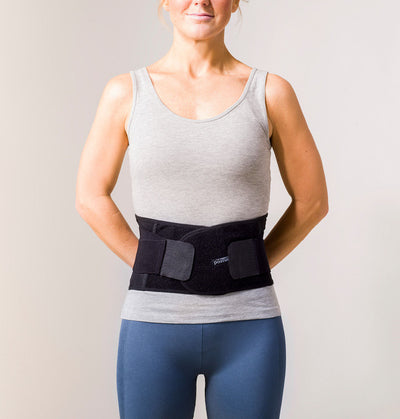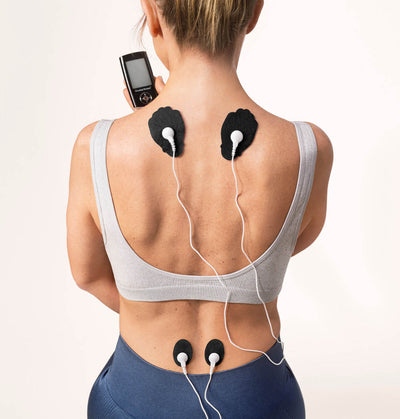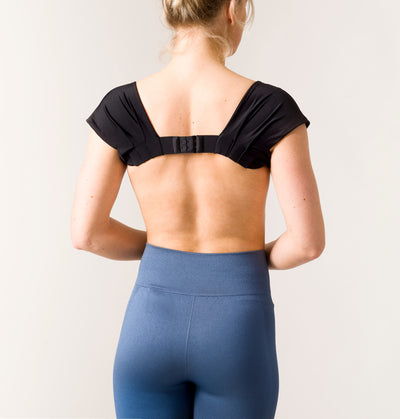Posture is the position in which you hold your body while standing, sitting, or lying down. Good posture during pregnancy involves training your body to stand, walk, sit, and lie in positions where the least strain is placed on your back.
As your pregnancy progresses, everyday activities such as sitting and standing can become uncomfortable. Following good posture and regular pregnancy exercises could help you avoid certain common aches and pain related to increasing baby bump.
Good Posture during Pregnancy: Do’s
Here are few do’s or good practices that will help you improve your posture during pregnancy and keep your body happy.
- Irrespective of what your doing – cooking or working on a desk, remember to take a break every few hours
- Take a longer meal break every four hours
- Vary work positions continuously, from sitting to standing and walking.
- While sitting – use small pillow or cushion to provide extra support for your back
- Keep your hips and knees at a right angle when sitting (use a foot rest or stool, if needed). Your feet should be flat on the floor.
- While sitting, point your feet in the same direction, with weight balanced evenly on both feet
- Sleep on your left side with knees slightly bent with a pillow between your knees
- Try simple stretches or any sort of movements to keep the blood flowing.
- Try to practice relaxation techniques for stress free pregnancy.
- While standing, hold your head up straight with your chin in. Keep shoulder blades back and your chest forward, knees straight, buttocks tucked in.
Poor Posture during Pregnancy : Don’ts
-
Avoid prolonged standing.
-
Avoid sitting in the same position for more than 30 mins
-
Avoid crossing the leg while sitting
-
Avoid sitting in lounging position or chair
-
Don’t worry about frequent urination due to drinking plenty of fluids. It only gives you extra chance to change your position and move around.
-
Avoid sleeping on your stomach
-
Minimise heavy lifting, climbing or carrying.
-
Avoid bending from waist. Only bend your knees while lifting
-
Avoid twisting your body while lifting
-
Do not wear high heels. The arches of your feet should be supported with low-heeled (but not flat) shoes to prevent stress on your back








